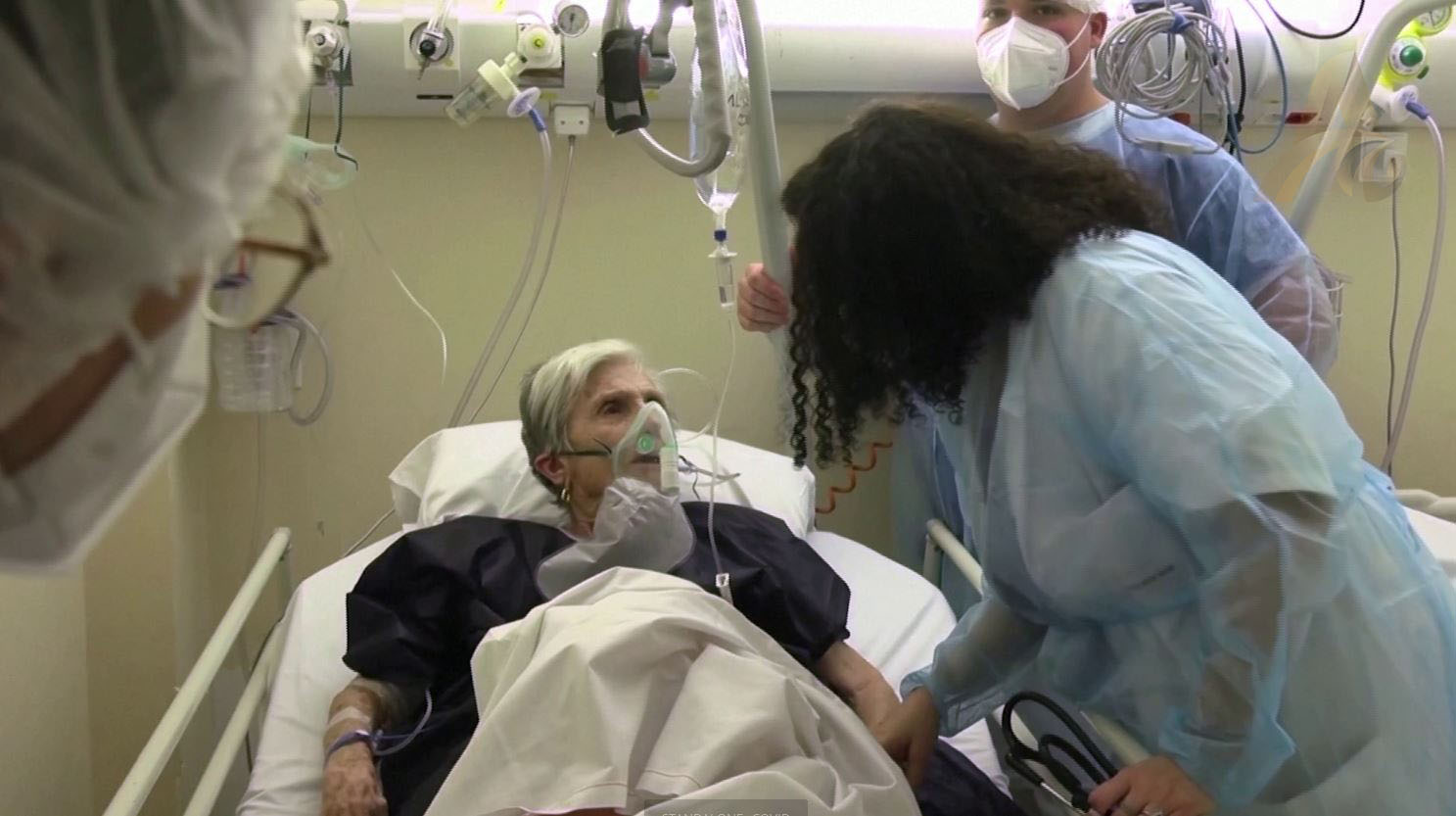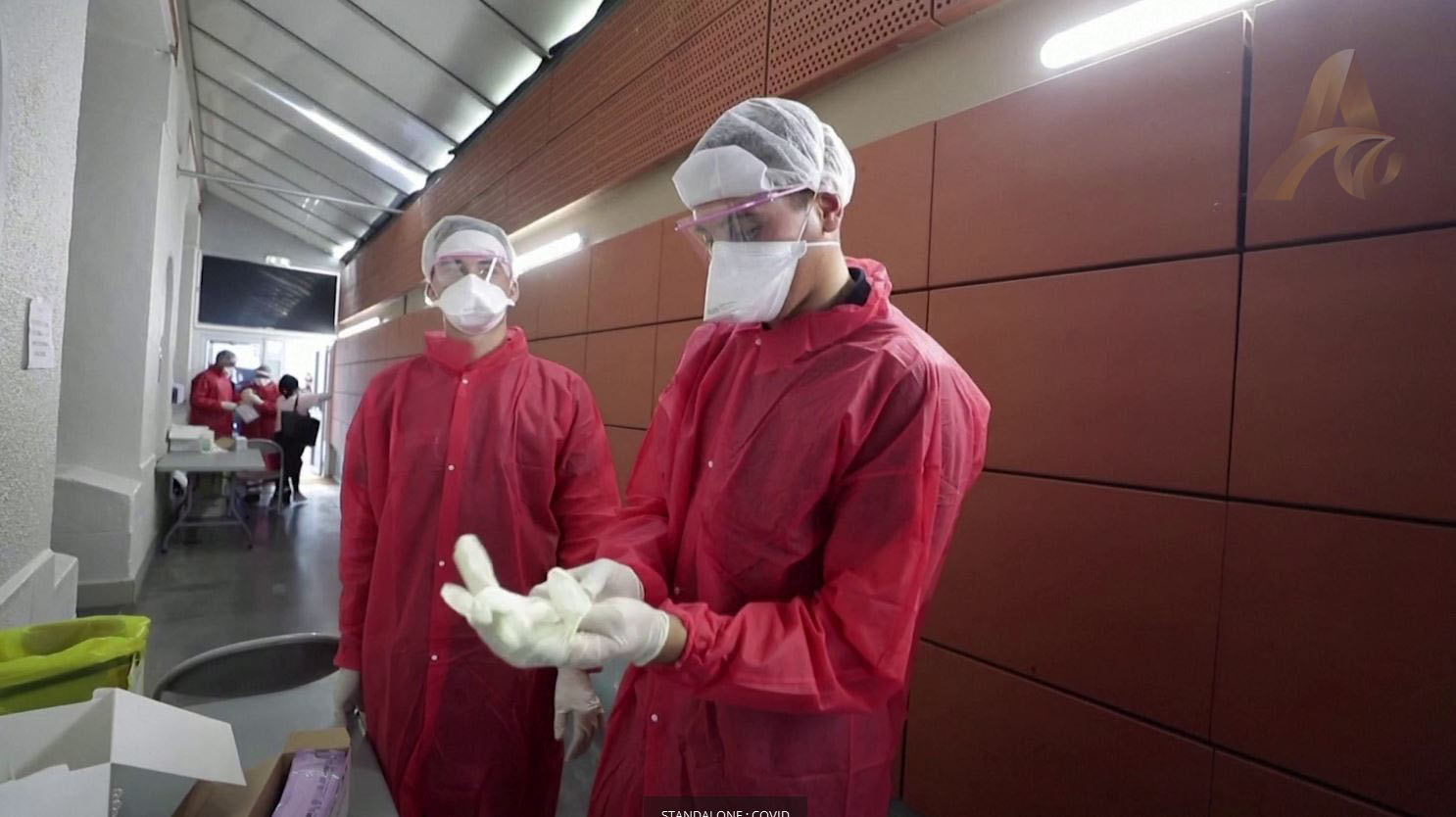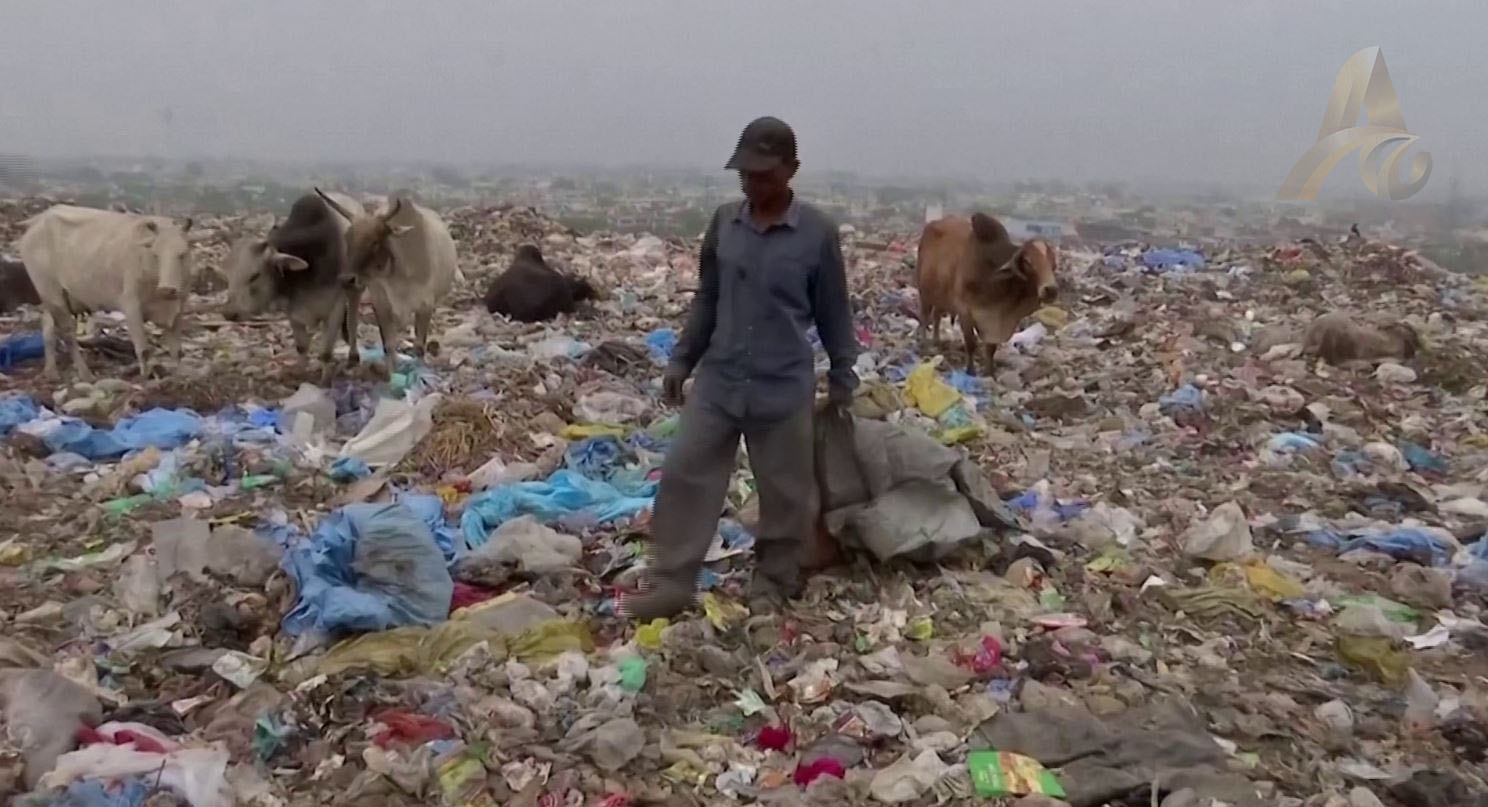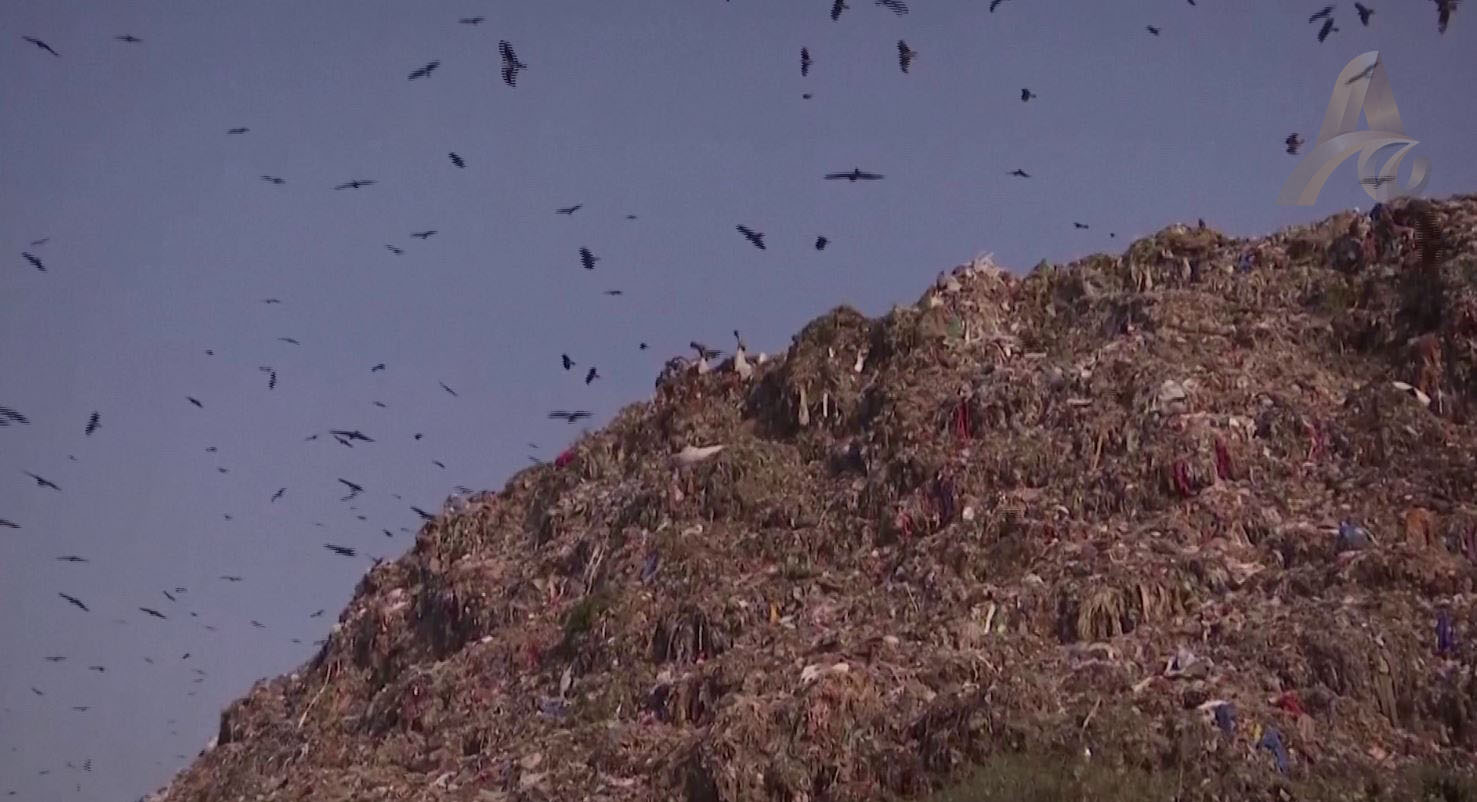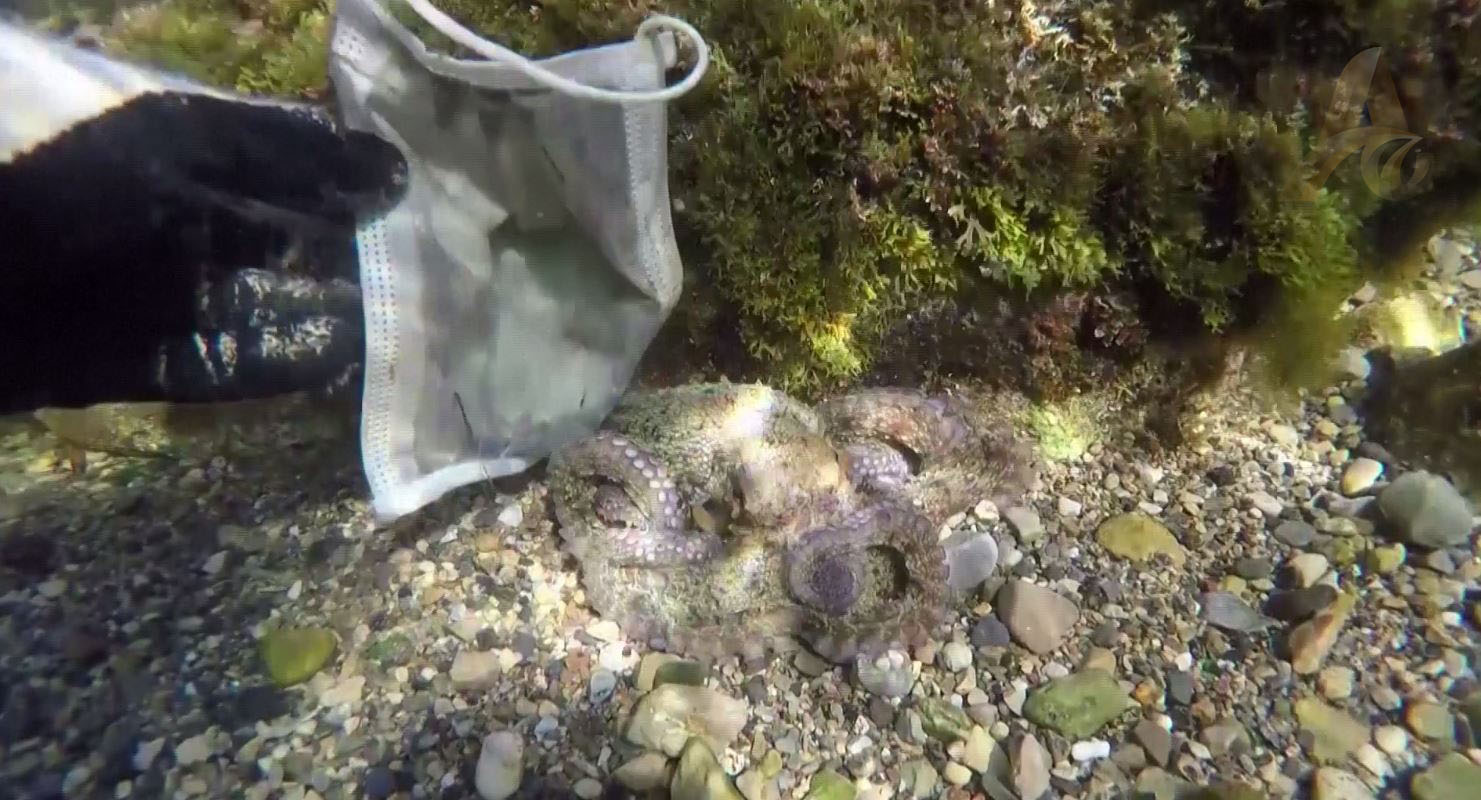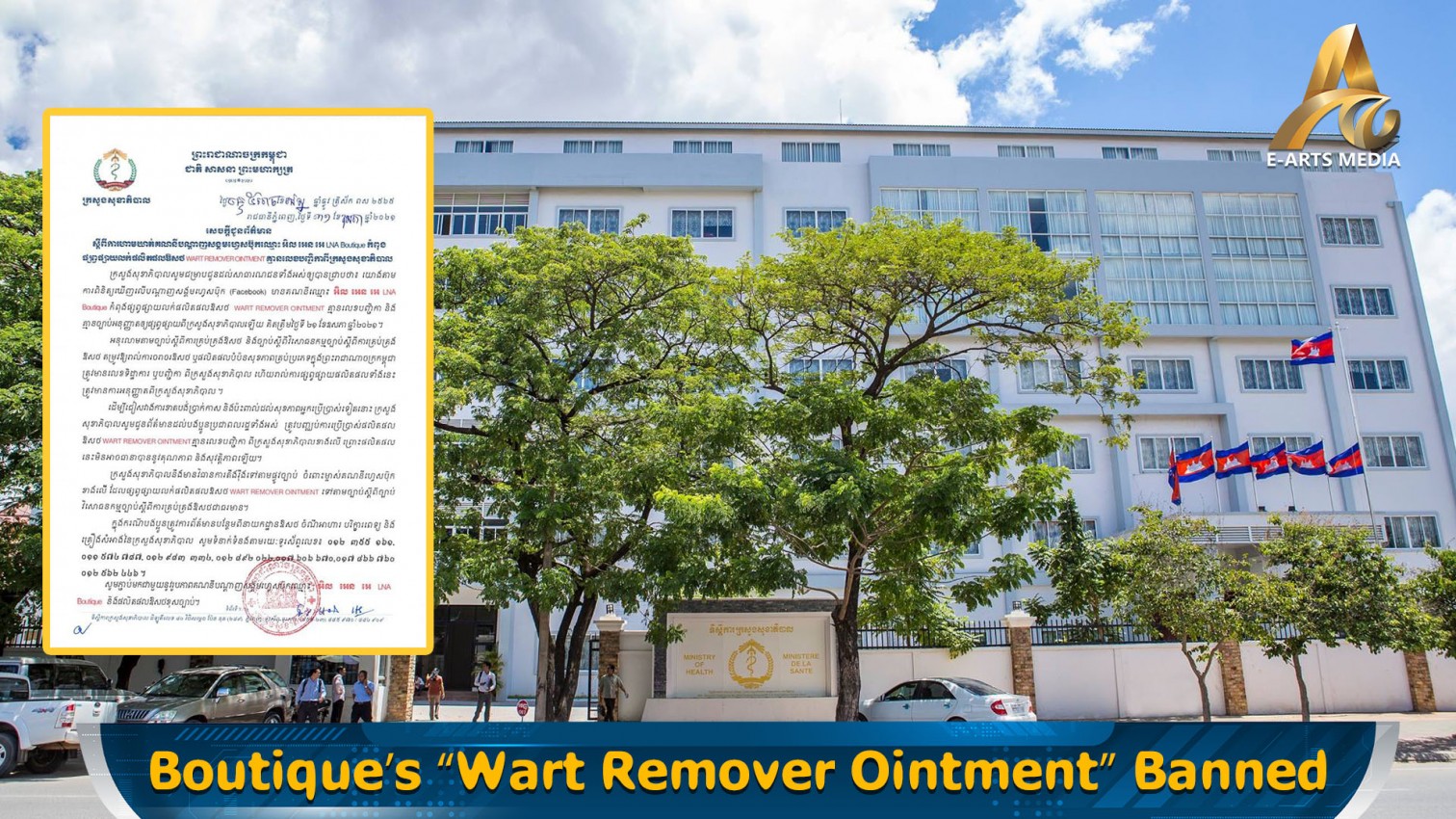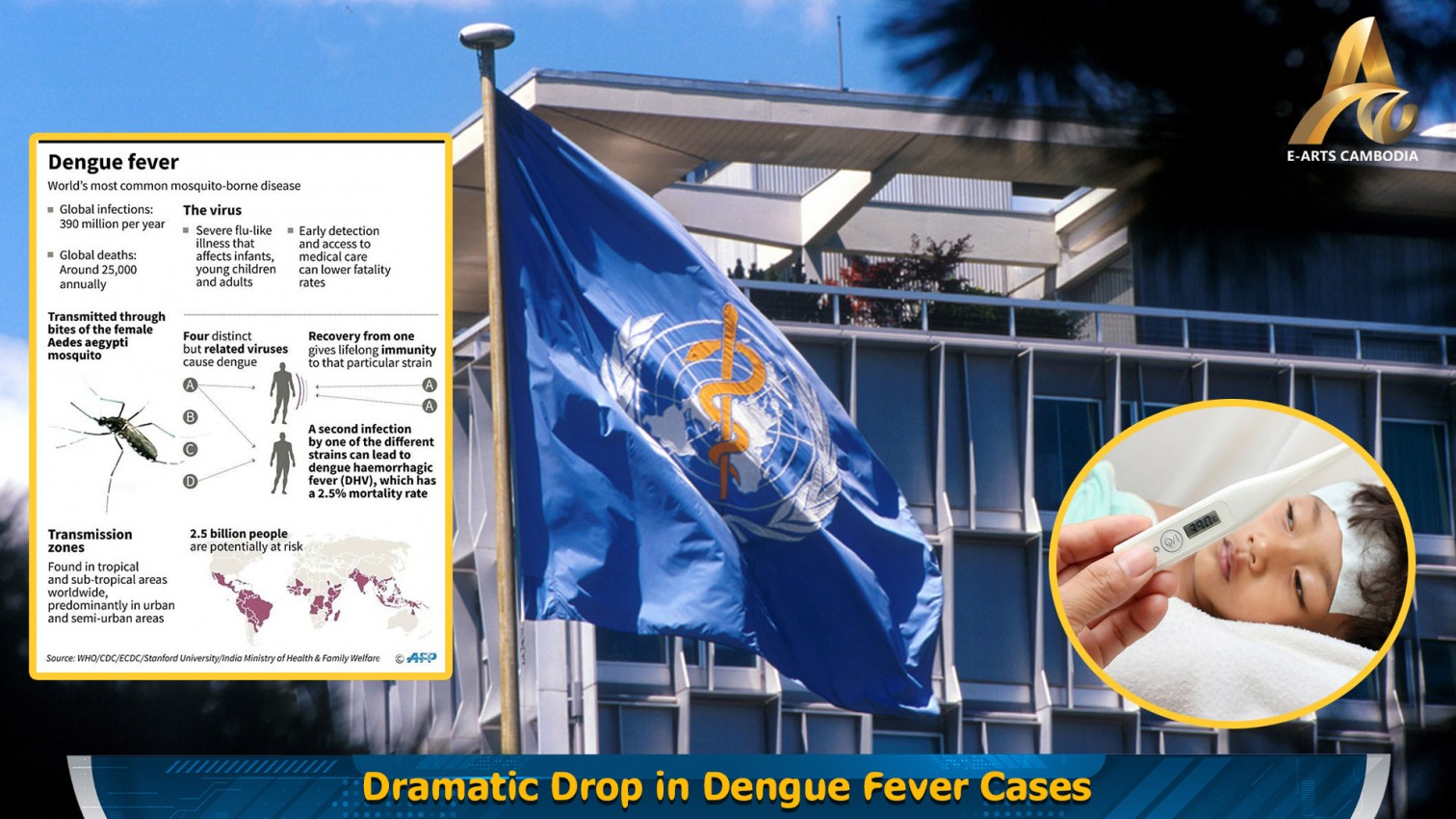INTERNATIONAL: The outbreak of coronavirus disease, or the Covid-19 was first reported from Wuhan, China, on 31 December 2019. The COVID-19 pandemic has led to an increased demand for single-use plastics that intensifies pressure on an already out-of-control global plastic waste problem. While it is suspected to be large, the magnitude and fate of this pandemic-associated mismanaged plastic waste are unknown.
Discarded syringes, used test kits and old vaccine bottles from the Covid-19 pandemic have piled up to create tens of thousands of tonnes of medical waste, threatening human health and the environment, a World Health Organization report has said on Tuesday.
The recent Covid-19 pandemic has led to an increased demand for single-use plastic, intensifying pressure on this already out-of-control problem. This work shows that more than eight million tons of pandemic-associated plastic waste have been generated globally, with more than 25,000 tons entering the global ocean. Most of the plastic is from medical waste generated by hospitals that dwarfs the contribution from personal protection equipment This poses a long-lasting problem for the ocean environment and is mainly accumulated on beaches and coastal sediments.
The material, a portion of which could be infectious since coronavirus can survive on surfaces, potentially exposes health workers to burns, needle-stick injuries and disease-causing germs, the report has also said.
Communities close to poorly-managed landfills can also be affected through contaminated air from burning waste, poor water quality or disease-carrying pests, it has added.
The World Health Organization Technical Officer, Dr. Maggie Montgomery has said; "One of the really important findings is that we found that Covid-19 has increased healthcare waste loads in facilities to up to ten times current volumes and if you consider that two in three healthcare facilities in the least developed countries didn't have systems to segregate or safely treat waste before the pandemic, you can just imagine how much burden this actual waste load has put on healthcare workers, on surrounding communities especially where waste is burned with the release of dioxins and furans."
In terms of volumes of waste WHO actually found out that gloves were a bigger volume than masks which is rather interesting given that gloves are for the most part a non-essential PPE for Covid so that's an obvious way one could reduce waste. Overall the vaccine waste is now taking over PPE waste in terms of volume just because there is so much vaccination happening - which is a good thing so WHO says it is not obviously recommending to reduce vaccination or reduce the essential PPE - but in terms of the risk of waste and Covid, it's quite low from what the organization know about the virus and its survival in the environment, it's really other risks in the healthcare waste, especially when waste is not segregated, typically about 80 percent of waste is not infectious but when it is not segregated, it is potentially contaminating all other waste.
The report calls for reform and investment including through the reduction in the use of packaging that has caused a rush for plastic and the use of protective gear made from reusable and recyclable materials.
It estimates that some 87,000 tonnes of personal protective equipment (PPE), or the equivalent of the weight of several hundred blue whales, has been ordered via a U.N. portal up until November 2021 - most of which is thought to have ended up as waste.
The report also mentions some 140 million test kits with a potential to generate 2,600 tonnes of mostly plastic trash and enough chemical waste to fill one-third of an Olympic swimming pool.
In addition, it estimates that some 8 billion vaccine doses administered globally have produced an additional 144,000 tonnes of waste in the form of glass vials, syringes, needles, and safety boxes.















